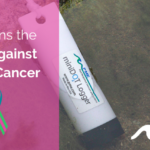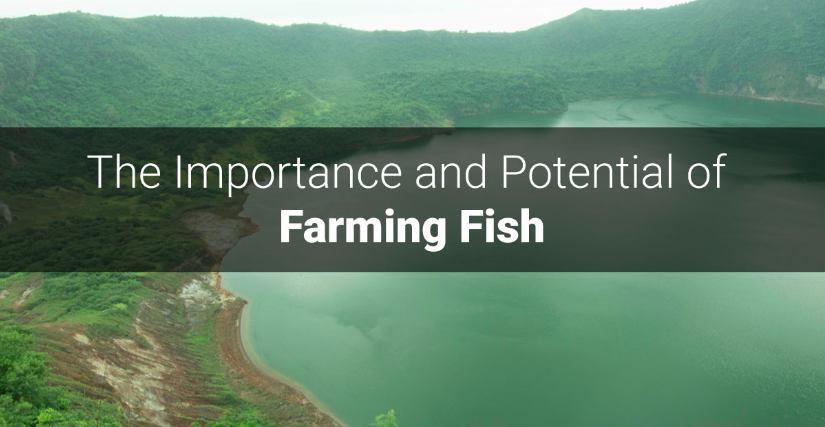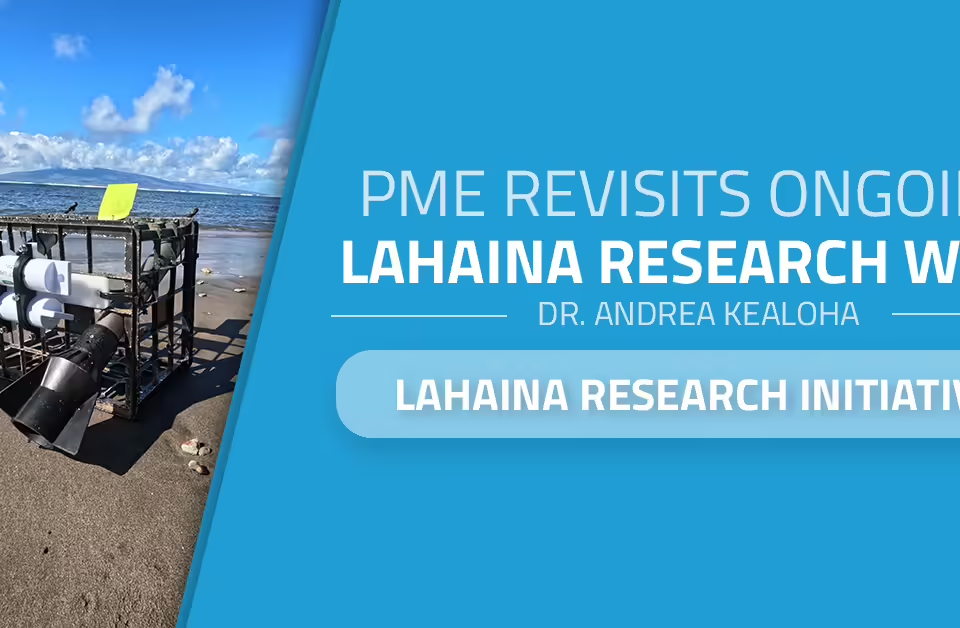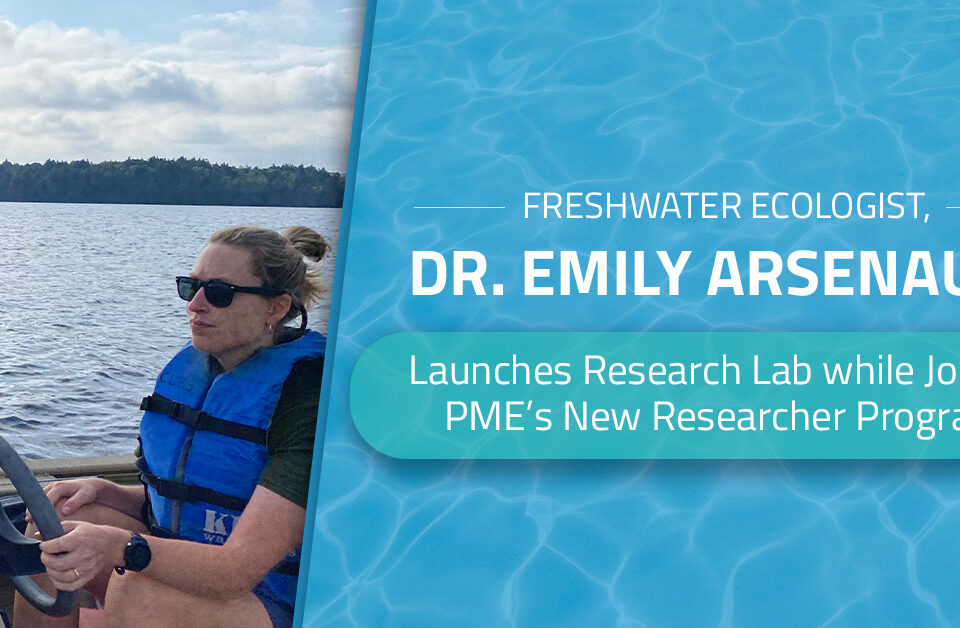“It’s a solution that saves the planet.”
That’s what Andrew Zimmern, celebrity chef, author, and host of the Travel Channel’s Bizarre Foods, had to say about aquaculture. Zimmern, at an event called ‘Aquaculture Plated’, part of the South By Southwest (SXSW) Festival in Austin, Texas, had just served a multi-course meal in which each dish featured a farmed fish. He went on to say, of aquaculture, “It touches the oceans, it touches climate change, it touches nutrition, it touches the future of how we’ll feed ourselves.”
Zimmern is not alone in seeing the value, utility, and quality of farmed fish. Chefs, foodies, and environmentalists are, after some initial misgivings, beginning to understand the importance and potential of farming fish.
Farmed fish on the table means more wild fish left in rivers, lakes, and oceans. Fed a monitored, controlled diet of man-made foods, farmed fish are free of environmental contaminants like mercury and heavy metals, making them healthier for the body as well as the planet. Farmed seafood is very resource-efficient; one pound of feed results in one pound of protein, a feed conversion ratio of 1:1. Beef, chicken, and pork are, by comparison, resource-inefficient and environmentally expensive, with feed conversion ratios ranging from 2:1 to 10:1.
Aquaculture can also coexist, in the same water, with other uses, including tourism and recreation. Taal Lake, in the Batangas province, Luzon Island, Philippines, has been a good example of multi-use water, hosting a thriving aquaculture economy and at the same time drawing tourists and recreational users from around the region. Unfortunately, Taal Lake has also been an example of how problems can arise in aquaculture without adequate monitoring and management.
Taal Lake Fish Kill
On May 31, 2019, Taal Lake suffered a devastating fish kill, with over 600 metric tons of fish, mostly tilapia, dead and the local economy devastated. The loss was valued at approximately 42 million Philippine pesos (approximately $800K). The sight and smell of the fish kill was off-putting to tourists and recreational users, delivering a further blow to the local economy.
Similar fish kills—and similar losses to the local economy—were also experienced at Taal in 2011, 2013, and 2017. In each case, hundreds of metric tons of fish needed to be removed from the lake and disposed of, which created further economic and environmental hardship.
Causes and Conditions
Sudden fish die-offs, like the ones at Taal Lake, can stem from a variety of causes, but low levels of dissolved oxygen (DO) is usually the major contributor. Weather trends can cause variation in photosynthetic activity of subaquatic plant life, resulting in an imbalance which depletes dissolved oxygen (DO) levels. For instance, a series of sunny, windy days will cause plants to photosynthesize large amounts of DO, which increases the metabolic rate of fish, causing them to consume increased amounts of DO. If the weather then becomes cloudy and still, photosynthesis will decline, perhaps sharply, depriving the metabolically revved up fish of needed DO. If the decline is sharp enough and prolonged enough, the result can be a fish kill.
Finding Solutions, Mitigating Damage
Almost every fish kill, regardless of cause, is preceded by declining water quality, especially by declining DO levels. Monitoring temperature, salinity, transparency, and, most importantly, dissolved oxygen levels can alert managers to worsening conditions. Properly alerted, managers can employ a variety of strategies to reverse or at least mitigate the decline. Strategies include deployment of artificial aeration devices, controlled introduction of photosynthesizing species to boost oxygen creation, spraying the surface of the water to increase surface DO, limiting feeding to decrease the amount of oxygen used, and removal of dead or dying organisms which are robbing the water of needed DO. Timely interventions like these can save thousands of metric tons of fish and positively impact the local environment and economy.
PME’s MiniDot Logger Can Help Aquaculturists Maintain Healthy Water Conditions
Solutions like those listed above can only be deployed if aquaculture managers are aware of worsening conditions. Frequent and diligent monitoring is a must. PME’s miniDOT® Logger helps aquaculture managers (as well as scientists and researchers) keep an eye on water quality.
The miniDOT is completely submersible, long-lasting, and stable. It provides accurate measurements of both dissolved oxygen and temperature and can be calibrated to intervals ranging from once every minute to once every hour. It computes dissolved oxygen concentration in mg/L and records the data to an internal SD card. All data can be offloaded to a computer via USB cable.
For more information on the miniDOT and how it can help you maintain heathy water conditions, contact PME today.








